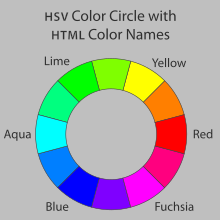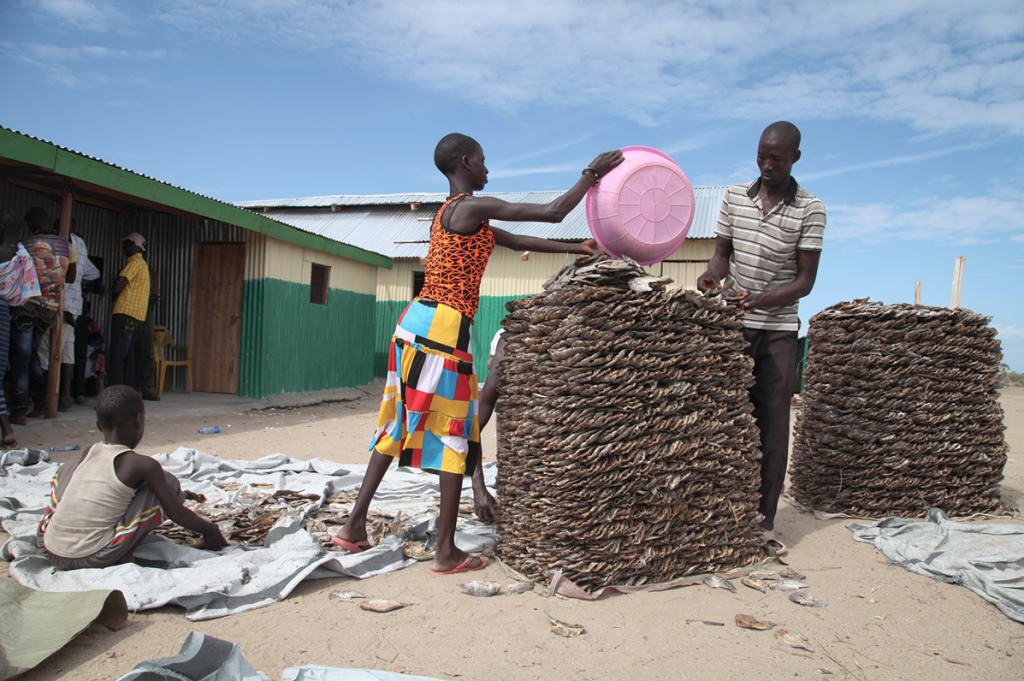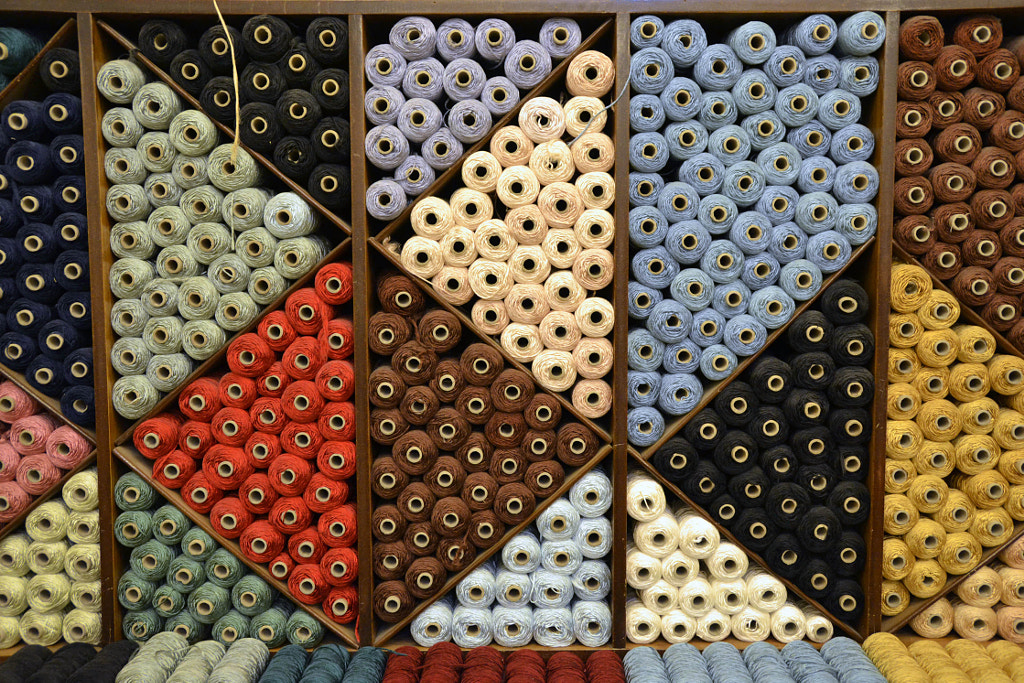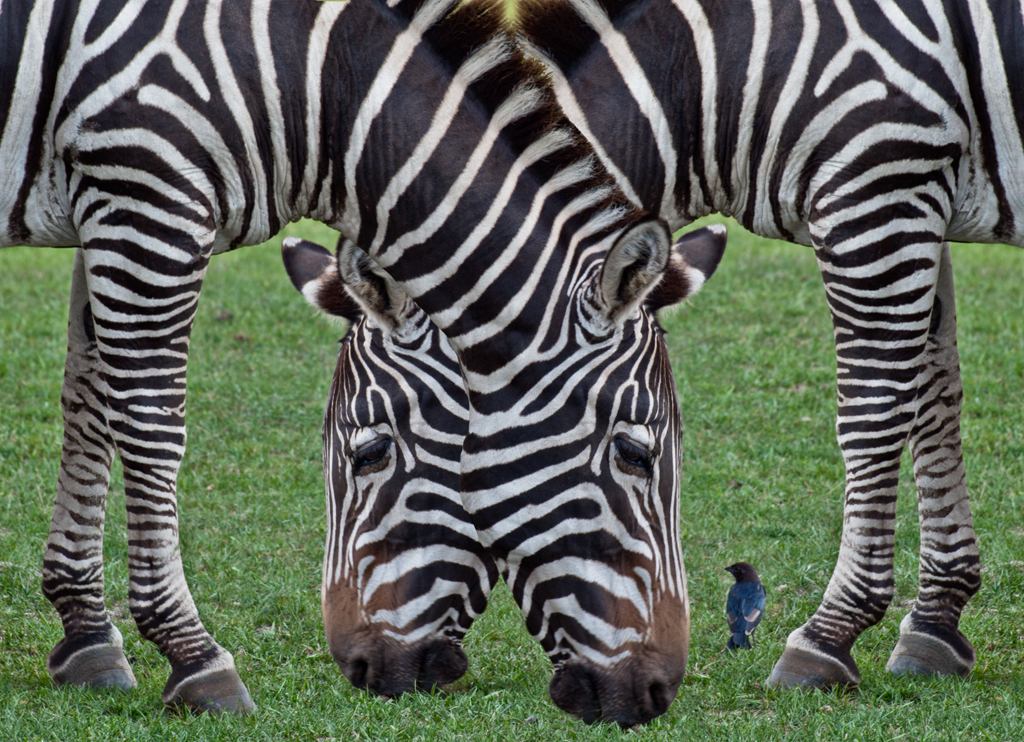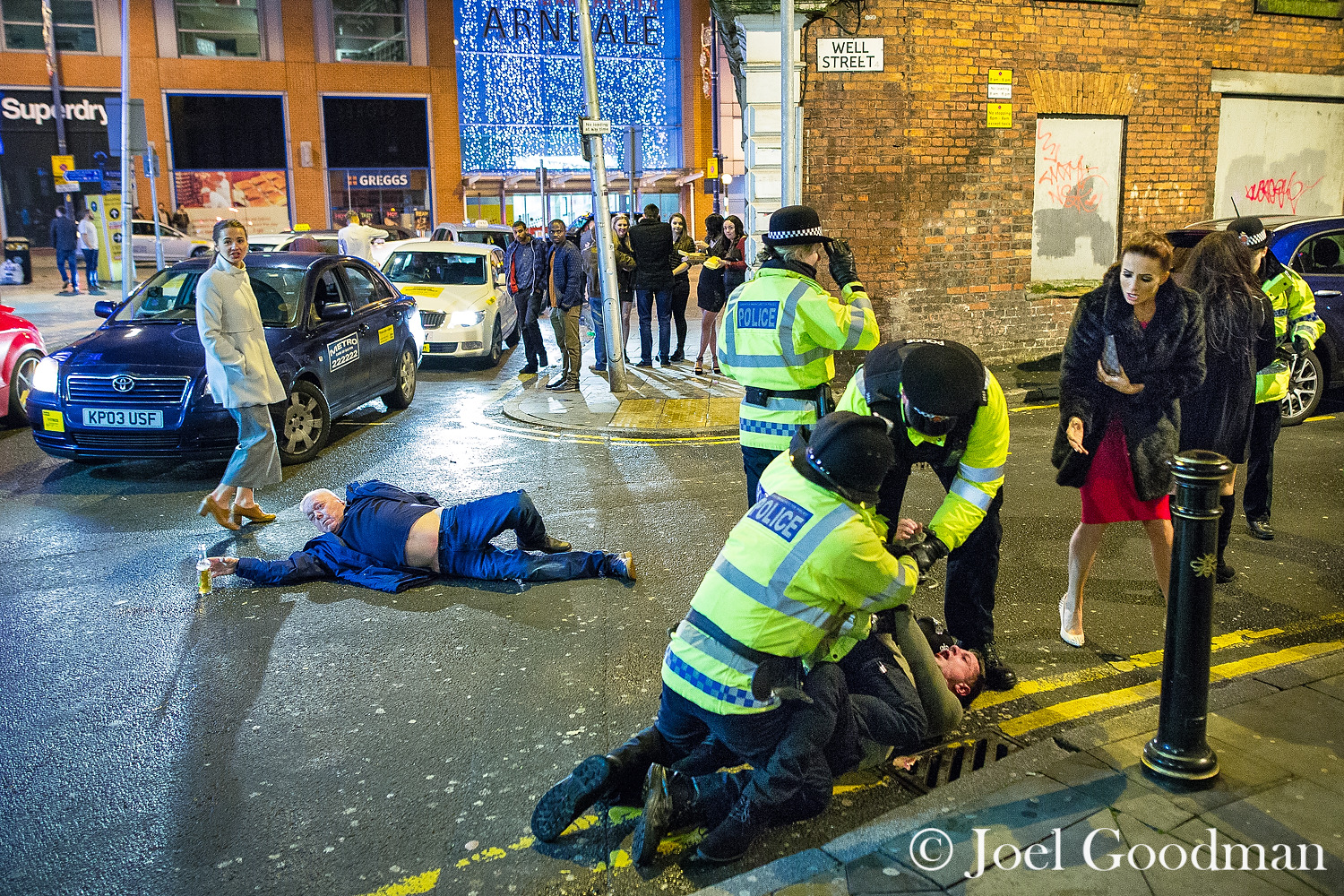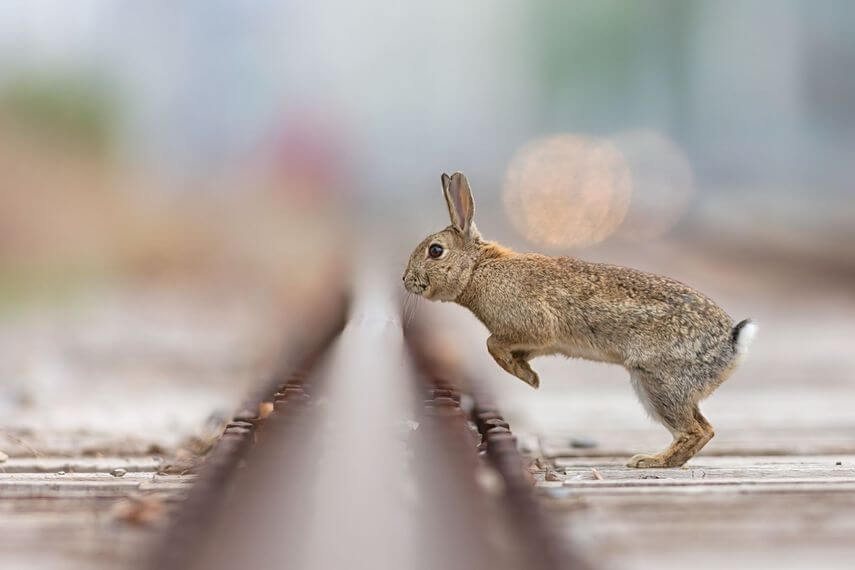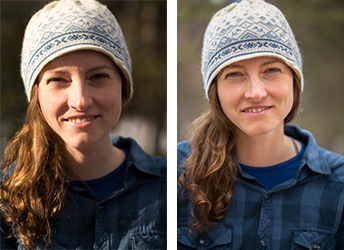Intro to Video Journalism
With video, we build on the compositional techniques of photography and the structural, storytelling aspects of audio with one obvious additional element: Motion.
How does video storytelling for the web and mobile differ from TV and film?
- Need to be CLOSER to your subject. Web videos are smaller and more compressed.
- Something like 20 percent of online viewers bail on a video within 10 seconds. So you don’t have a lot of time to grab your viewers and make sure they stick around.
How important is audio?
Good audio is of paramount importance. If you have low-quality video and good audio, the video will still be watchable. If you have gorgeous visuals but terrible audio, it will not.
Shooting Your Video
There are two main components to any video: your interviews and your B-roll. The rules of composition we learned for photography (thirds, colors, patterns, symmetry, etc.) all apply here, but you also need to keep an eye out for motion. Tracking shots involve following the action with your camera, while static shots involve keeping your camera still, but that doesn’t mean there’s no motion involved; you might just be letting the action go in and out of the frame.
Unless you are shooting video specifically for distribution on mobile devices like phones and tablets, it is hugely important that you DO NOT SHOOT VERTICALLY.
What is B-roll? And what difference does it make?
Things to keep in mind while you’re shooting B-roll:
- Shoot more than you think you’ll need.
- Get a variety of shots. Close-up, medium, wide, detail shots, static shots, tracking shots.
- Use a tripod whenever possible. If you don’t have one or you’re shooting in a mobile, chaotic situation, be resourceful about stabilizing your shots.
- Think about your interviews and let them inform your B-roll shooting decisions. Look for shots that illustrate what the person is talking about.
- Hold your shot longer than you think you need to. A good rule of thumb is to hold it for at least 10 seconds (AFTER it’s already steady).
Things to keep in mind when you’re shooting your interviews:

- Frame the shot with your subject on one of the thirds, angled so that they’re looking slightly INTO the frame. Have them look at you, not at the camera, so be mindful of where you are sitting. It’s a bit intense when someone looks directly into the camera.
- If you’re working with a translator, be mindful that the subject will want to look at them, so make sure they are positioned in the ideal place to draw the person’s gaze.
- Prioritize good audio.
- Make sure their face is lit, but not too harshly.
- Think about composing the shot in a way that allows for some negative space where the Lower Third will eventually go.

When is narration necessary?
Sometimes, you can let the subjects of your video tell the story all on their own — as long as you edit with care, presenting what they’ve told you in a way that makes narrative sense. One benefit of non-narrated videos is that they can feel more organic. There’s no disembodied voice stepping in to tell the story, which keeps the focus on the characters in the story.
But sometimes, for clarity’s sake or for stylistic reasons, narration is necessary, or text.
Narrated videos
https://www.nytimes.com/video/world/americas/100000005277141/the-last-taushiro.html
Text-Narrated videos
These are more and more popular thanks to social media distribution because they automatically start playing as you scroll through your feed and they can be watched without sound.
Non-Narrated videos
Islamic exorcisms used as a ‘cure’ for homosexuality in Indonesia: ‘If I am Muslim, I can’t be gay’








